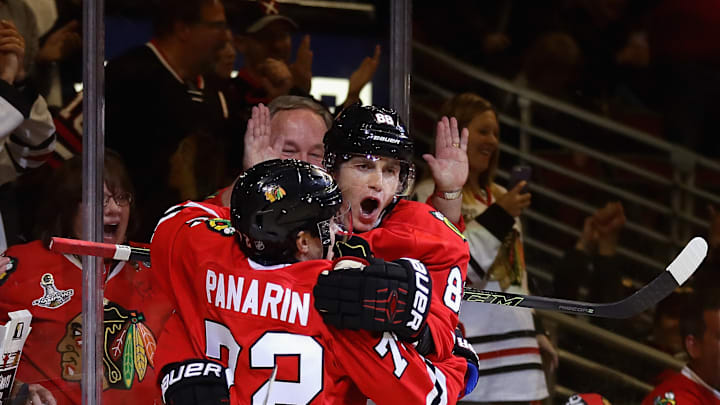The Chicago Blackhawks have lost a lot of talent over the past ten years, and both of the general managers during that time, Stan Bowman and Kyle Davidson, are responsible. Some players were lost when the Hawks were competing for Stanley Cups. The team needed to move on from talent it couldn’t afford to retain, and it had to surrender premier prospects at the trade deadline to acquire immediate talent to compete in the spring.
Others were moved due to the rebuild. Some players were dealt to pave the way for upcoming prospects, and others were let go for nothing so the team would have a weaker roster and thus higher draft lottery odds (hello, Connor Bedard).
With that being said, I believe it is a fun exercise to construct the best possible roster of former active Blackhawks. Note that the players must be currently signed to an NHL team (so no Jonathan Toews). I am not including any players currently on IR (so no Kirby Dach). I have included how the players were acquired, how they left, and some comments along with what they did after leaving the Hawks on each player. All contractual information, trade information, and NHL rosters for this article were found on capfriendly.com.
The Roster:
Forwards
First Line: Panarin – Danault – DeBrincat
Second Line: Hagel – Strome – Kane
Third Line: Teräväinen – Schmaltz – Hartman
Fourth Line: Duclair – Domi – Saad
Extra: Lafferty
Defensemen
Forsling – Boqvist
Gustafsson – Zadorov
Leddy – Määttä
Extra: Jones
Goalies
Fleury
Lankinen
Emergency: Raanta
NHL Salary Cap: $83,500,000
Total Cap Hit: $83,484,524
